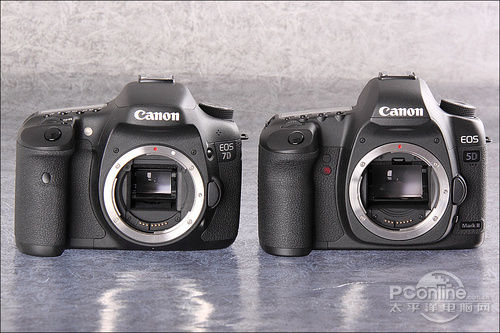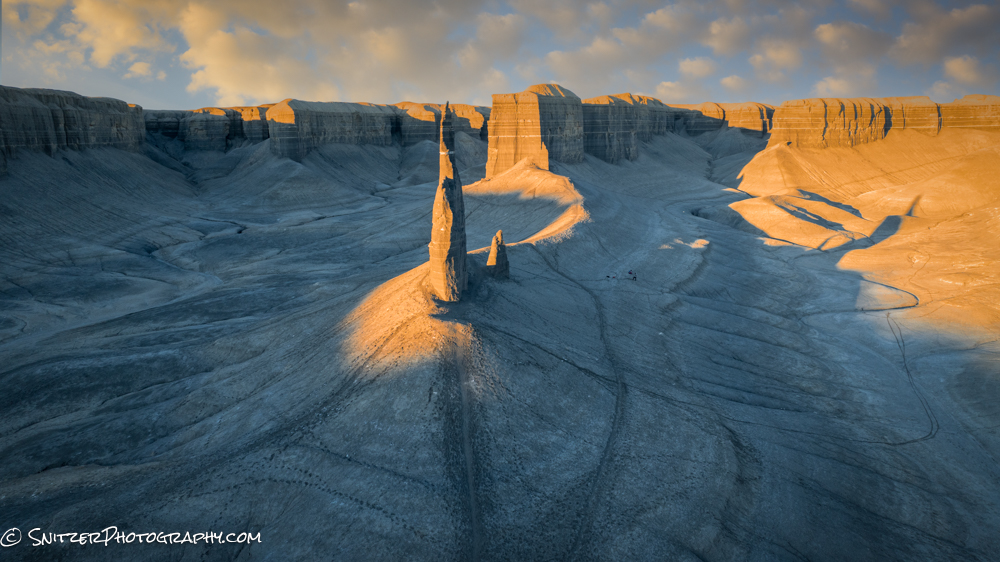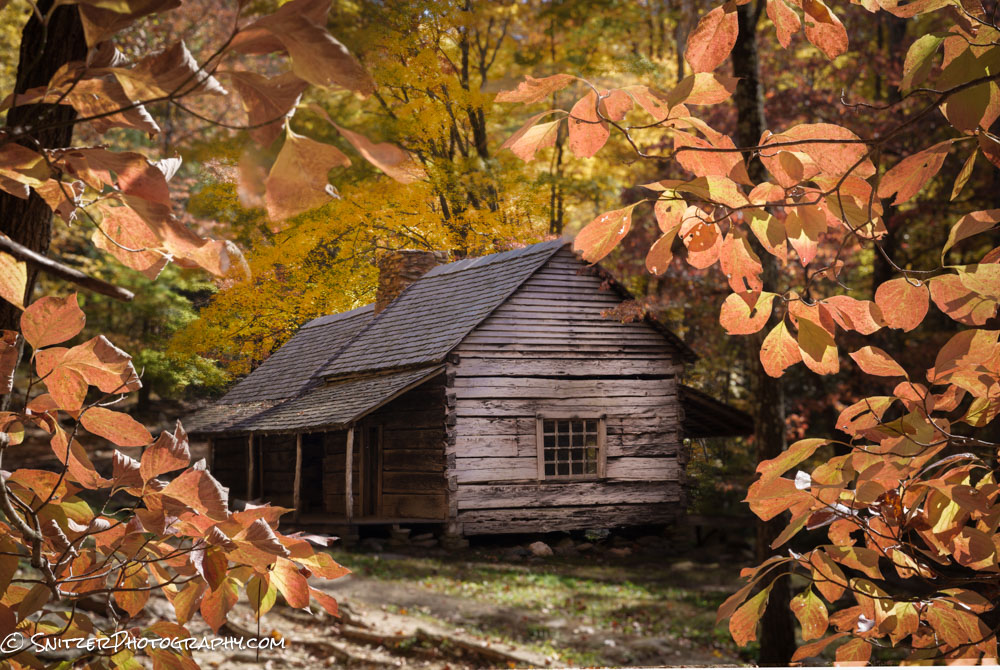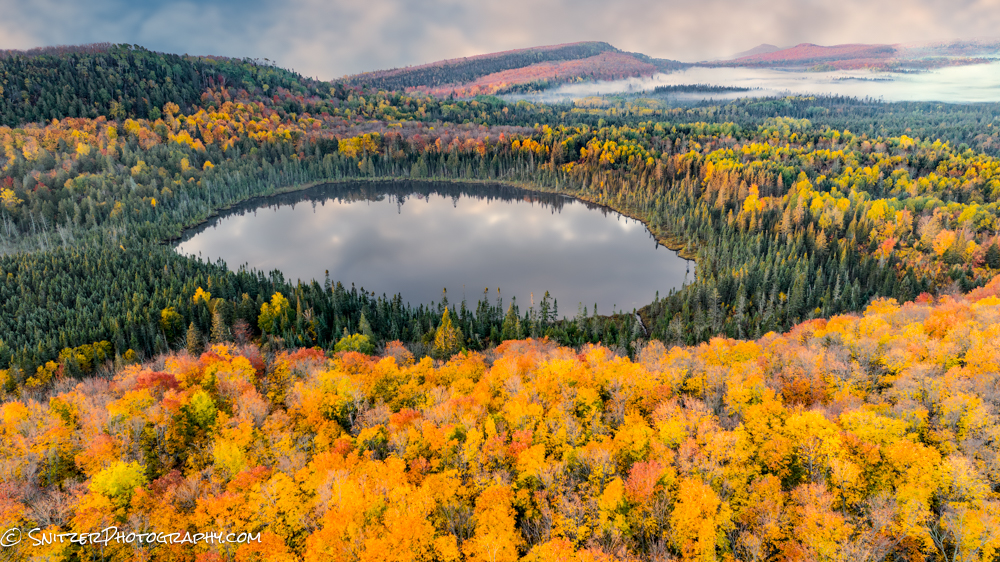CROP VS FULL FRAME CAMERAS
One or the other or both?
DSLR technology has come a long way, but no one camera can yet do it all. Crop and Full Frame (FF) cameras are very different tools geared for different subject matter.
WHERE CROPS RULE (Sports, Long Glass, Candid Street photog):
Crop sensor cameras in effect make your lenses “longer”. Most Canon crops (60d, 7d, 70dd, 7d MKII) have a 1.6 factor. Your 70-200mm zoom will behave like a 112-320 zoom while maintaining the same maximum aperture. Less expensive than buying longer glass.
Ex. Cheaper to purchase a 70-200 f2.8 zoom ($2,000) on a crop than a 300mm f 2.8 ($7000) on a FF camera. Both set ups can produce similar magnification (& great images). The former lens is also lighter and easier to carry.
Crop sensors cameras are also able to fire off pics rapidly. Ex. The 7d MK II can take 10 photos/sec; it’s buffer holds approx. 25 photos before it slows down. (PS, I’ve tested the 7d MK II with both compact flash and SD cards. The firing rate and refresh rate is identical…contrary to popular folklore. The SD card can fire 22 pics before slowdown, the compact flash 25).
WHERE FULL FRAMES RULE?
Full frame cameras have better dynamic range/superior image quality to their Crop brethren and tremendous low light performance. FF cameras can comfortably shoot low noise photos up to 2500+ISO (great for celestial photog), whereas Crops start producing noticeable noise over 600+.
FFs are the perfect tool to go wide! Without the crop factor, FFs are well suited for nature photographers (especially in mountainous areas). Canon’s 17-40mm zoom is a common lens of choice to pair with these cameras (or the 16-35mm if your on a pro budget). Some flagship primes produce jaw dropping results on these back. Ex. the Zeiss 20mm F 2.8.
FFs are also the tool of choice for most wedding and portrait photographers.
Drawbacks: Full frame cameras bog down when taking high speed bursts of photos. Most can only drum out 4-6 photos/second and the buffer often runs out of gas after 5-9 shots. Very frustrating for sports photography (exception Canon 1Dx).
Some have slower focus tracking as well. On the other hand, most nature or portrait photographers don’t need lighting fast focusing for moving objects. Not a big issue.
WIDE ANGLE FOR CROP USERS?
Crop owners now have some good options to go wide however. Specific APS lenses (designed only for use on crop cameras) which are good options include the Canon 10-18 F4.5-5.6 ($299) and 10-22mm f3.5-4.5 ($649) and the Tokina 11-16mm f2.8 (My fav of this bunch $525). If you want wide angle performance and have budget concerns, these are great options. Each of these three lenses with a crop factor of 1.6 will behave (plus offer similar IQ) as a 17-40mm lens (on a FF camera).
CAN YOU OWN BOTH FF & CROP + AVOID BANKRUPTCY?
Instead of buying the 5d MkIII FF($3,300) or the new 7DMK II Crop($1,800) consider opting for the 6d FF ($1,600 on sale) and the 7d Crop ($999) for a total of $2,600. The later two cameras will perform almost exactly up to their new brethren and together open a huge array of photographic possibilities.
5DMkIII vs 6d: Both cameras have nearly identical image sensors and image quality. The former has better focus tracking and slightly more robust construction (& greater weight). As I said, focus speed isn’t that critical for portrait/nature…don’t worry be happy.
7DMKII vs 7d: The Mk II has better focus tracking and slightly better low light performance. Worth twice the price (unless you’re a pro shooter…Nope). Learn single focus point and back button auto focus techniques which trump any minor improvements in the MK IIs focus system.
Closing comment: Yes the author actually owns this stuff (6d, 7d, 7d Mk II, 1Dx) and has tested extensively with a variety of glass (Canon L series: 17-40mm F4.0 zoom, 5omm F1.8 prime, 24-70mm F2.8 zoom, 70-200 F2.8 zoom, 300mm F2.8 prime, Zeiss 20mm F2.8 prime, Rokinon 14mm F2.8mm prime, 24mm F1.5 prime).









